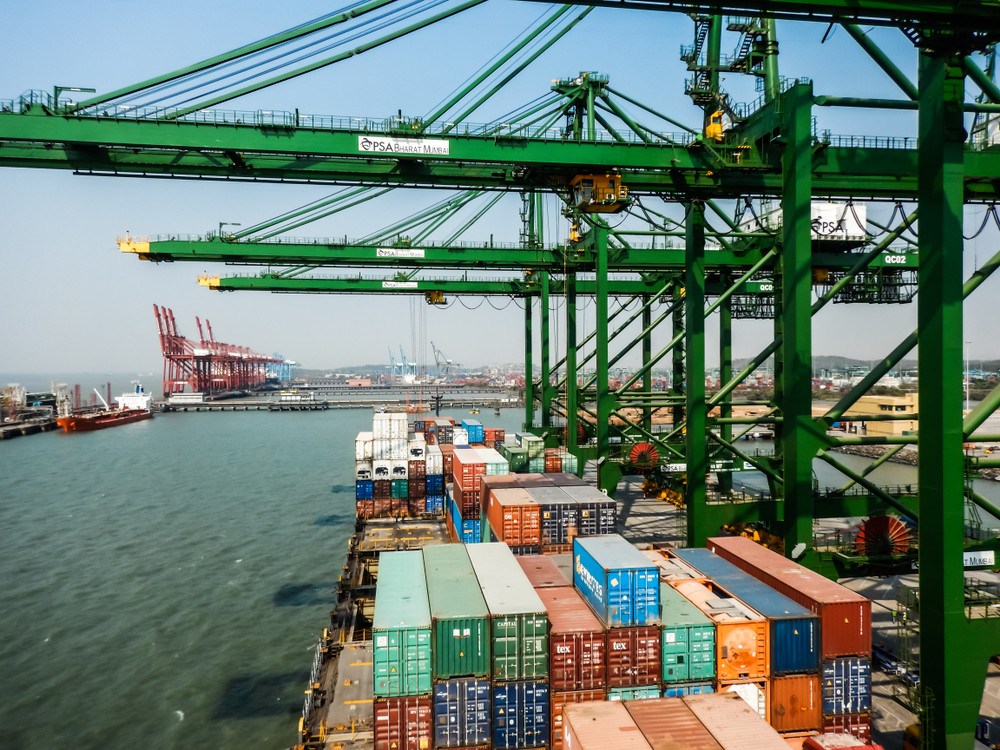
According to the latest port data secured by Container News, the pace of Indian containerised trade flows has begun to slow down after recording strong growth last fiscal year.
Nhava Sheva/JNPT, India’s largest public handler, saw volumes drop sequentially over the July-September quarter. The port handled 481,595 TEUs last month, decreasing from 497,568 TEUs in August and 503,442 TEUs in July, according to data.
Further, the number of container ship visits to Nhava Sheva in September shrank to 194 from 203 calls in August.
Nhava Sheva has five container-handling facilities, while work on a 2.4 million TEU capacity expansion is underway.
“Indian ports witnessed a drop in demand from the onset of the monsoon,” said Sanjay Bhatia, co-founder and CEO of digital forwarder Freightwalla, adding that “Container volumes are dropping at the top significant ports globally.”
Bhatia also noted, “As we understand, there was a 4% decline in the volume witnessed at ports. We noticed demand was not as high as expected in the first quarter regarding growth, and the same was seen for the most part in the second quarter.”
He went on to add, “However, major shipping lines speculate that a peak season may be underway, and it is too soon to declare a trade slowdown.”
The ongoing demand slowdown has already prompted major carriers/consortiums serving Indian trades to implement significant contract/spot rate reductions.
The value of Indian merchandise exports in September stood at US$33.81 billion, down 3.5% year-over-year, according to new government data.
“The slowdown in exports is a reflection of the toughening conditions of the global trade facing demand slowdown on account of high inventories, rising inflation, economies entering recession, high volatility in currencies and geopolitical tensions,” said A Sakthivel, president of the Federation of Indian Export Organisations (FIEO), said in a statement.
He further said, “While we should not draw solace from the fact that exports of most of the economies are facing contraction, but this is a stark reality. And the coming few months would be quite challenging unless the geopolitical situation improves drastically.”
Industry observers expect trade volumes to further tighten in the coming months as global economies battle heightened inflationary woes.
Indian ports reported all-time high container volumes in the fiscal year 2021-22 – hitting combined throughput of 19.5 million TEUs out of countrywide major/minor ports, a gain of 13% over the previous year.
Source: Container News


